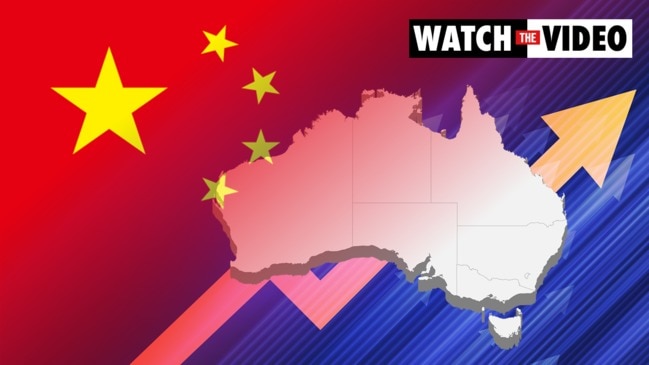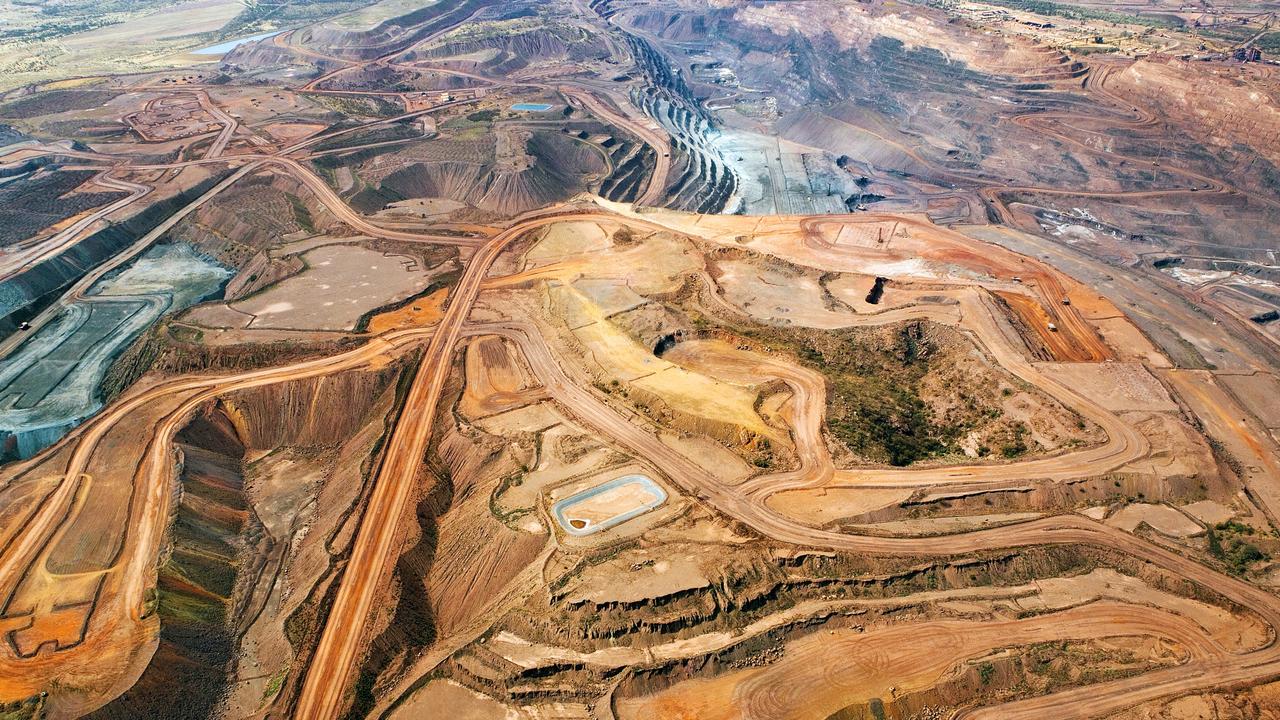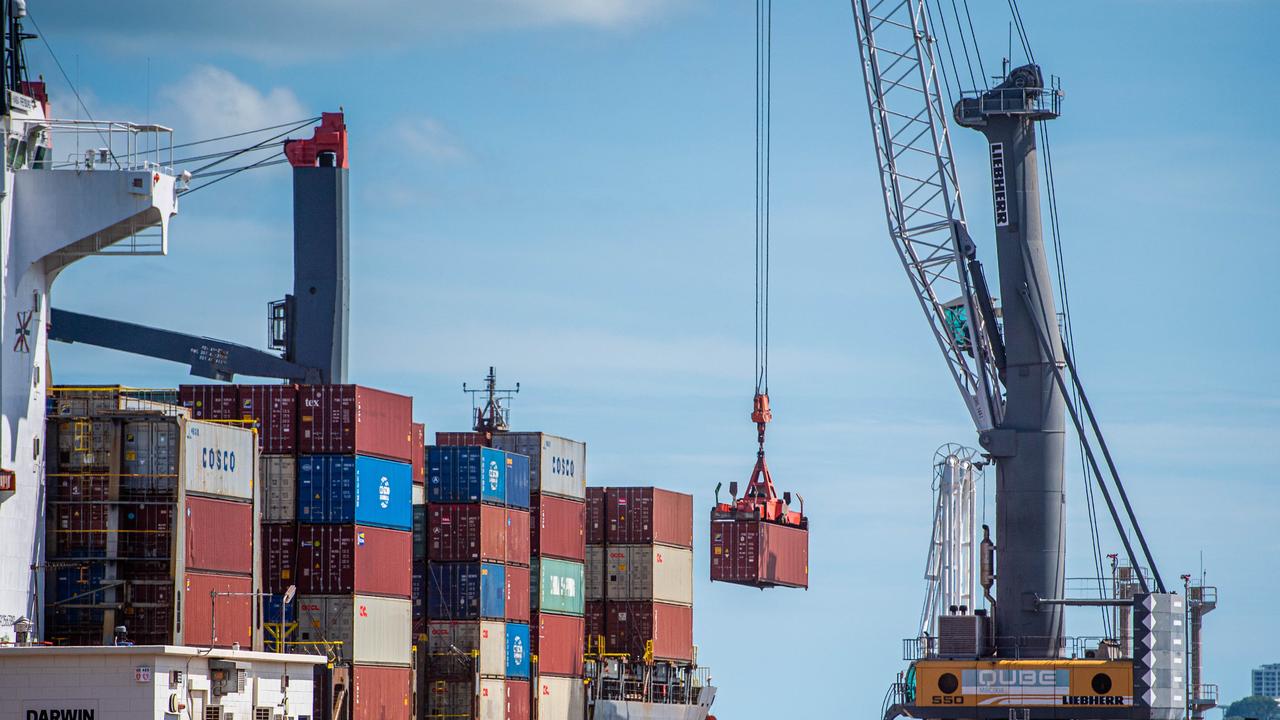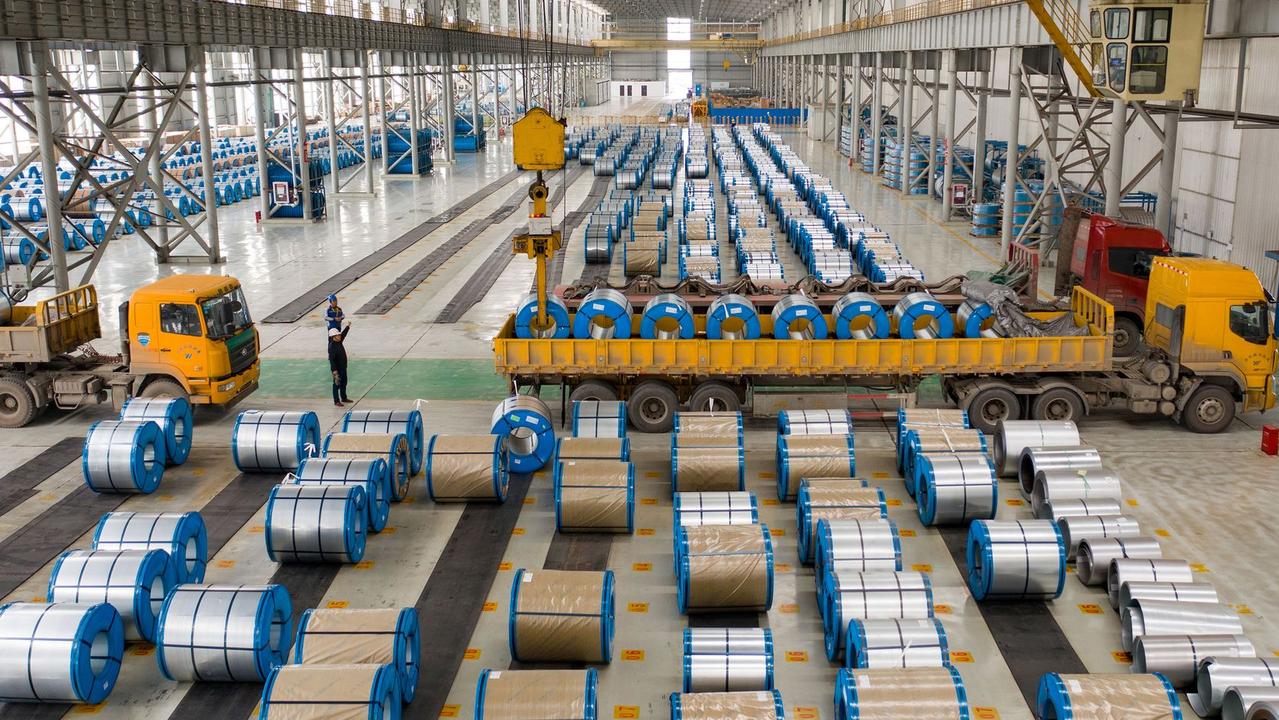Australia’s iron ore price starts to feel China pressure
Australia's big moneymaker iron ore has seen a huge drop in demand from China compared to last year, but will it impact the economy?

Demand from China for Australian iron ore could be slipping as imports fell for the fourth consecutive month by volume, although tense diplomatic relations might not be to blame.
New Covid outbreaks in 17 Chinese provinces causing construction restrictions, a slowdown in manufacturing and a goal to reduce emissions could all be contributing to a drop in China’s need for Australia’s most valuable commodity.
Some analysts believe the latest trade data also shows the Chinese government’s directive to lower steel production was starting to bite on iron ore demand, which could be bad news for Australia’s economy.
Iron imports by volume fell to 88.51 million tonnes in July compared with 89.41 million the previous month, according to China’s trade data. This was a drop of 21 per cent compared to the previous year where imports of iron ore hit a record high of 112.6 million, data from MySteel revealed.
RELATED: Australia’s fate in hands of Beijing decision

Iron ore prices have already moved sharply lower in the last fortnight on the prospect of weaker demand from China, said Commonwealth Bank Australia’s mining and energy economist Vivek Dhar.
“The weakness isn’t tied so much to steel demand easing in China (but) as policy-driven cuts to China’s steel production in the second half of 2021. Policymakers are looking to keep steel production in 2021 at 2020 levels in order to keep a lid on emissions,” he told news.com.au.
“China’s steel sector accounts for more than 15 per cent of China’s carbon emissions and will have to play a key role in helping China reach net zero emissions by 2060.
“For China’s crude steel production to remain flat this year, we would need to see a 12 per cent yearly cut to China’s crude steel production in the second half of 2021. That will weigh heavily on China’s iron ore imports for the remainder of the year.”
Steel mills in partcular regions in China have been ordered to cut production by 50 per cent so as to cap steel production below last year’s record high with officials pledging to aggressively enforce restrictions, Westpac analysts also noted.
RELATED: Australia’s iron ore price slumps after China move

Drop in demand
The drop in iron ore demand can be charted since March where China imported 102.1 million tonnes of iron ore that month, followed by 98.56 million tonnes in April, 89.79 million tonnes in May and 89.41 million tonnes in June.
Iron ore prices, which have been trading around $US172 a tonne are now well below May’s high of $US237. However, these record prices helped to boost Australia’s profits despite a drop in imports.
China’s total iron ore imports by volume fell 1.5 per cent year-on-year in the first seven months of 2021, but the price increased an incredible 81.1 per cent.
But experts have knocked back suggestions that China’s drop in demand for iron ore from Australia will have a great economic impact.
Mr Dhar said government policymakers make conservative estimates, predicting iron ore prices will sit at around $65 a tonne by the end of the quarter, which means missing out on the “cream on top” rather than a huge financial loss for the economy.
He noted mining company’s production costs sit around $30 to $35 a tonne so it was unlikely to bite there too in terms of investment.

Michael Shoebridge, director of defence, strategy and national security at the Australian Strategic Policy Institute, agreed that Treasury projections are conservative and noted that the iron ore price had hit a historic high so it was unlikely a drop in value would impact.
“The Chinese economy is powered by domestic construction and global manufacturing exports, both these things need steel so until the Chinese economy shifts to the ideal future of being a service, technology and consumption-based economy the demand for iron ore is going to remain pretty robust and even if there is major price fall Australian miners are in the best position to remain profitable out of global production,” he said.
But he did warn that there is growing market risk for doing business in China.
“There seems to be some chunks of the business community that have a hard time getting their heads around it and it’s not a surprise as they probably have spent their entire business careers being told that the one big market opportunity they need to take up is the growing China market, so going in the opposite direction is psychologically hard for them,” he said.

Predictions for the rest of the year and beyond
While China’s nation-wide steel output cuts have gained traction, it’s difficult to believe they will remain in place for the remainder of 2021, added Mr Dhar.
“Policymakers have flagged their worries about inflation, intervening in commodity markets in mid-May by enacting policy to stop speculation. If steel output cuts prove steeper than the slowdown in China’s steel demand, which is our expectation, steel prices are likely to shift higher and threaten inflation concerns again,” he said.
“This could see nation-wide steel output cuts be walked back.”
The other concern is that China’s top decision makers – the Politburo – have flagged their concerns over a one-size-fits-all approach to carbon reduction by local governments, he added. “The nation-wide plan to cut steel output is likely at odds with the Politburo approach to carbon reductions, increasingly the likelihood that the policy is relaxed,” he said.
While shipments from Brazil, which is Australia’s biggest competitor to iron ore, are expected to increase this year, Mr Dhar said this wasn’t expected to bite until next year.
“The supply increase is going to be quite minimal so I’m not convinced that adding supply this year is going to be gamechanger to the market,” he said.
“It will mean competition for Australia but we are not talking big tonnes. We expect more of that competition next year, as Brazil is expecting to get to 400 million tonnes by the end of 2022.”




